
At this year’s Car Show in Belgrade, Delta Motors not only presented visitors a wide range of BMW’s electric, hybrid and plug-in hybrid cars but also decided to place these vehicles on the domestic market.
Many have assessed this as a brave but premature move, as Serbia is still not ready, according to many, for ecomobility.
That is why we chose to talk to Aleksandra Đurđević, General Manager of Delta Motors and find out why “BMW Serbia” team decided to embark on an adventure of placing an electric car on the market.
EP: Why did you decide to sell both electric and hybrid BMW cars in our country? What is your strategy?
Aleksandra Đurđević: Delta Motors Company has introduced this special segment of vehicles, which is – in the context of our country – premature, but as representatives of the BMW Group for Serbia and Montenegro, we exactly want to introduce what is already reality in the world, to our country. We are aware that this is the fastest growing segment and that it has the most obvious prospect in the near future, as fossil fuel vehicles will drastically be reduced or completely out of usedue to the pollution standards that are prescribed in Europe and around the world.
Germany decided not to have vehicles with an internal combustion engine after 2030, so as not to cause further pollution. Electric vehicles ar present in almost all countries in the region, so we are trying, with the help of foreign partners, to make suggestions and concrete solutions so that this development segment of our market accelerates. The global performance of the BMW manufacturer makes a strong focus on a leading position and we as representatives have no different attitude. We are pleased that our electric cars provoke extremely positive reactions during each test drive.
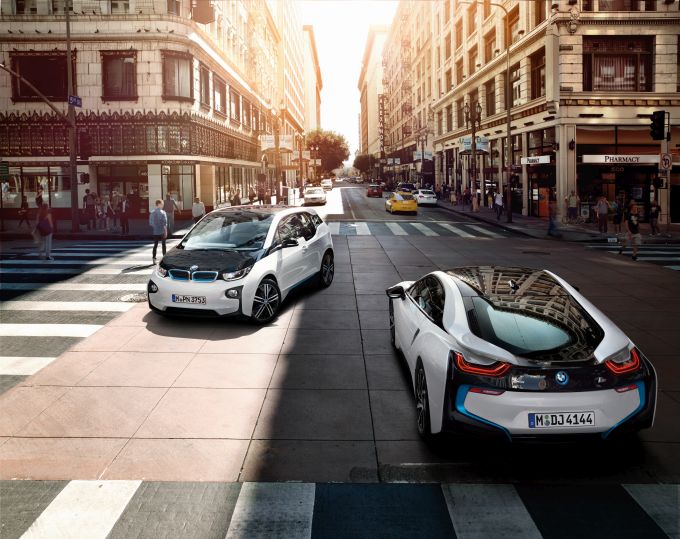
EP: What are the problems that you, as an importer of electric and hybrid vehicles, face in Serbia?
Aleksandra Đurđević: The challenges of introducing electric vehicles are not small, as it is the case with most new things in the beginning. We have successfully overcome administrative difficulties and now we are waiting for new tasks – initiatives related to state incentives and infrastructuredevelopment.
The two key questions of a client interested in an electric vehicle are whether there are incentives and what the range of the vehicleis. There is plenty of room for the improvement in our country, primarily in terms of benefits for owners of these vehicles and charger network, which are key initiators for the sale of these vehicles and the impact on drivers’ awareness.
Of course, the use of an electric car is not entirely dependent on the infrastructure, but it implies that the user has a socket at the place where the vehicle is being charged. With a good infrastructure of public chargers, the importance of this factor will be significantly reduced.
BMW Serbia has initiated the development of a national and local strategy for electric vehicles with the Association of Vehicle Importers and Distributors and we believe that our country will opt for the best practices from the region and Europe and apply them in our country. So far as a company we are entering more challenging segments like this one, because we are here to offer our clients only the best from the aspect of innovation, technology, and mobility.
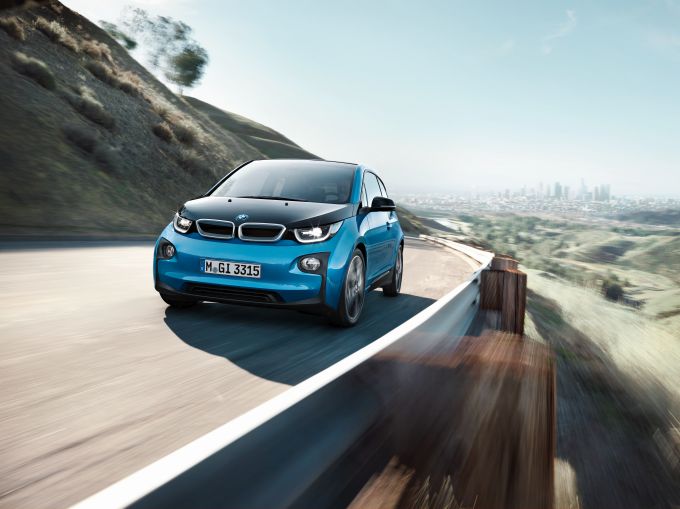
EP: Are people interested and are there any serious buyers? Do some of the interested parties give up because of the obstacles that stand in their way?
Aleksandra Đurđević: Clients are extremely interested, regardless of the fact that currently there is neither network of public chargers nor incentives. Today information is available from all over the world and people are well informed. An increasing number of electric vehicles are on the road, which will certainly affect the accelerated development of the infrastructure.
Electric car is currently being bought as a “second” car in the family, the one that you will primarily use for city driving. There are no obstacles for this kind of use because home charger is enough for our customers. BMW i3 has 200 km autonomy and it is important to note that the cost of maintaining such a vehicle is minimal, as the economic factor is a very important item.
EP: What incentives are offered to importers of “green” BMW vehicles in more developed countries?
Aleksandra Đurđević: Germany has launched an initiative in front of the European Commission to support the installation and expansion of the infrastructure network of chargers throughout its country, which was adopted by the Commission and prescribed a Directive by which all member states are obliged to develop an adequate charging network by 2020. From this, we clearly see that there is a developed awareness of the importance of introducing electric vehicles in Europe, while the very facts about the number of chargers and electric vehicles in the world speak for themselves.
In Japan, there are more chargers than gas stations, 40,000 to 35,000, in China it is planned to have a network of 5 million chargers by 2020, while in the USA there are programs of big incentives for the purchase of electric and hybrid vehicles.
In our country, this segment of ecology is still not being paid enough attention to, while in developed countries a big emphasis is placed on reducing the emissions of harmful gases while driving. Soon it will not be enough for vehicles to have zero emissions only, but they need to be ecological throughout the process, from production to recycling. In fact, only by using electricity generated in an environmentally sound manner in the car production, can the use of electric vehicles completely make sense.
So far as a company, we are entering more challenging segments such as development of national and local strategy for electric vehicles, because we are here to offer our clients only the best from the aspects of innovation, technology, and mobility
Even when the region is concerned, we do not lag behind Europe significantly. In Croatia, there is already a developed network of over 100 chargers, and in 2015 they began with state incentives for the purchase of electric and hybrid vehicles. Fast chargers for all types of new electric cars in Slovenia are located every 50 kilometers, the state provides incentives of 100 percent for the construction of chargers, while the purchase of a new electric car is subsidized with as much as 7,500 euros.
We believe that it is just a matter of time when some of these initiatives will be adopted in our country as well because this is a sure road to ambitious global ecological goals.
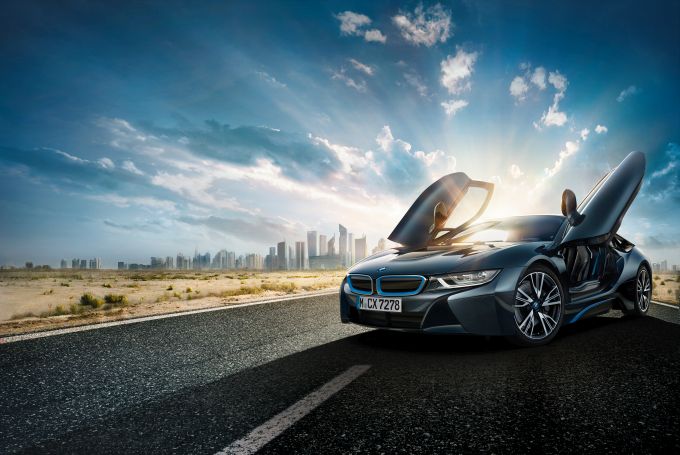
EP: Given that the infrastructure of charging stations here is only in the planning phase, what do you offer to potential customers, but also to tourists or business people who have set on a journey in a eco-friendly BMW through our country? Where and how can they recharge their electric vehicles?
Aleksandra Đurđević: Chargers will be available to customers in our facilities. Charging vehicles on our network chargers will be free of charge and the owner of a vehicle, in a more favorable mode of power (at night, when vehicles are most often charged), can pay a completely symbolic price. It is also planned that chargers are installed in Crowne Plaza and Holiday Inn hotels, that our dealer network is fully covered and also that the chargers are installed in Delta City and other shopping centers.
EP: You have introduced your own electric car i3, plug-in hybrid i8, as well as 330e iPerformance at the fair. Can you tell us more about each one of them? Which model stands out most?
Aleksandra Đurđević: BMW in its portfolio has a completely separate segment of electric and hybrid vehicles – “BMWi vehicles”, that are different in all segments from any other BMW vehicle. The goal was to move the engineering borders by creating a car that is the leader in “sustainability” from the point of view of environmental protection, whose trump card is not only the zero emissions of harmful gases.
With model BMW i3 the slogan “Born Electric” emphasizes the most efficient ecological car throughout the whole process, starting from production, usage to vehicles recycling. The BMW i3 is the most outstanding model because it represents the future of urban mobility. The vehicle is about 4 meters long and has a spacious interior. Due to its specific design (car body made from CFRP – Carbon Fiber Reinforced Plastic and batteries placed in the floor of the vehicle), it is extremely dynamic and agile. The total weight of the base model is 1,285 kg. It has an electric power of 125 kW and accelerates to 100 km/h in 7.3 seconds. The autonomy of single-charge is about 200 km depending on the mode of use.
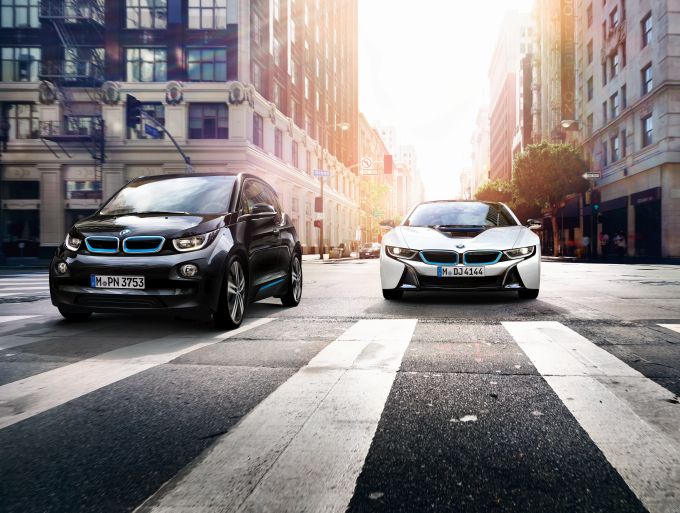
The BMW i8 is a model that promotes the new brand in the best way. It provokes excitement with a great sports design. It is a plug-in hybrid and is powered by two engines: 1.5-litre gasoline engine driving rear wheels rated 170 kW and an electric motor powering the front wheels rated 96 kW. The total system power is 266 kW. When both engines work at the same time i8 accelerates to 100 km/h in 4.4 seconds. The autonomy of the movement in the electric mode is about 30 km and the total is about 440 km. The shell is like the model i3 made from CFRP and the total weight of the vehicle is about 1500 kg.
The 330e is a representative of a special BMW 330e sub-brand to which hybrid cars belong, which are electrified versions of conventional vehicles. The current gamma consists of 225xe, 330e, 530e, 740e and X5 xDrive 40 e. Series 3 is one of the key BMW models and has got its PHEV version. This model is series hybrid and its drive consists of a 135 kW diesel two-litre petrol engine that transfers power to the wheels via an eight-speed gearbox with an integrated 65 kW electric motor. The total system power is 185 kW. Acceleration up to 100 km/h reaches in 6.1 seconds and the autonomy in the electric mode is up to 40 km.
An interesting feature of the current hybrid models is that there is a choice of driving mode, so by using the eDrive button, it is possible to activate “Auto mode” which means the use of both engines according to the driving conditions. “Save mode” activates the drive on the ICE and uses every opportunity to recharge the battery with regenerative braking. The third type is “E mode”, that is, driving exclusively on the electric drive.
Soon it will not be enough for vehicles to have only zero emissions, but they need to be ecological throughout the process
EP: Many manufacturers of electric vehicles have a problem with battery production technology, tell us about the capacities of your batteries. What does BMW’s plan to introduce in this field?
Aleksandra Đurđević: Since the beginning of the electrification technology, the battery has changed considerably. In the current era of electrification, the first hybrid model was the BMW X6 active hybrid and it used NI MH batteries with which it could only cross 2-3 kilometers in the electric vehicle mode. The current batteries are Li ION. They are made from segments and their reparation is possible by replacing components. Certainly, innovations are primarily reflected in the increase of their capacity, which will affect the increase in autonomy.
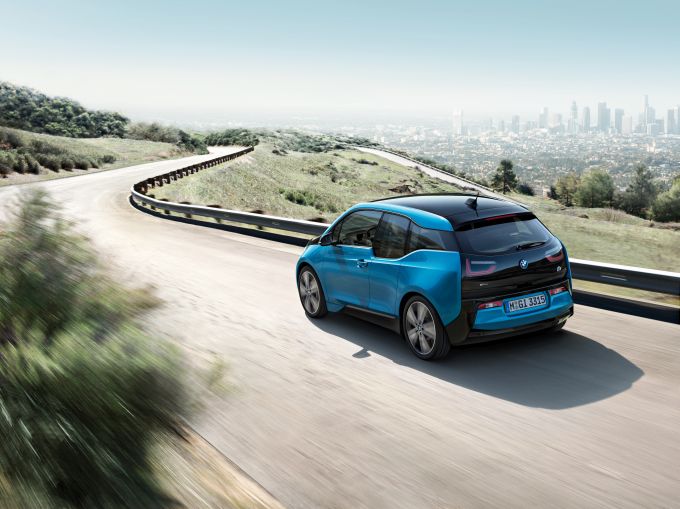
EP: What does BMW prepare new when it comes to e‑mobility? What models and what features can we expect in the years to come?
Aleksandra Đurđević: By 2020, BMW plans to have more than 30 models in its range with some sort of electric drive. Completely electric vehicles should have the autonomy of about 500 km. By then, some of the BMW conventional models will appear in completely electric versions like the electric X3.
Achieving great autonomy is not a problem at this moment, it is only necessary to install larger batteries, but they would drastically increase the overall weight of the vehicle so that the characteristic BMW driving dynamics would be lost. I believe that the advancement in the construction of batteries will be such that it will be possible to retain our essential “DNA” characteristics and at same time increase the autonomy.
EP: And in the end do you have a message for drivers polluters?
Aleksandra Đurđević: Schedule a test drive with an electric car, I guarantee a unique feeling of driving.
Interview by: Vera Rakić
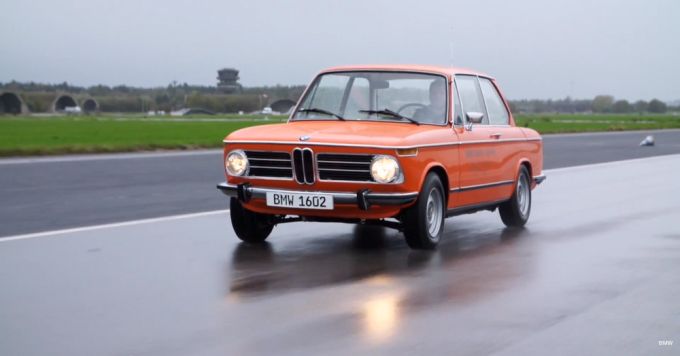
The Bavarian manufacturer, in 1972, produced the first electric BMW – 1602e – made its world debut when accompanying participants at the Olympic Games in Munich, so that they would not be exposed to contaminated air during the race. For the next four decades, BMW has been intensively producing prototypes and various models of electric and hybrid cars, and in 2013, two commercial stars – the BMW i3 and BMW i8 appeared, but with an even more ambitious strategy.
This interview was originally published in the eighth issue of the Energy Portal Bulletin, named ECOMOBILITY.



